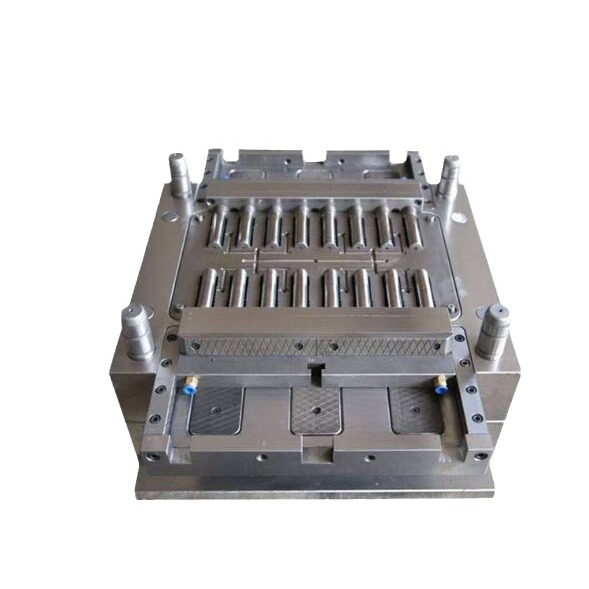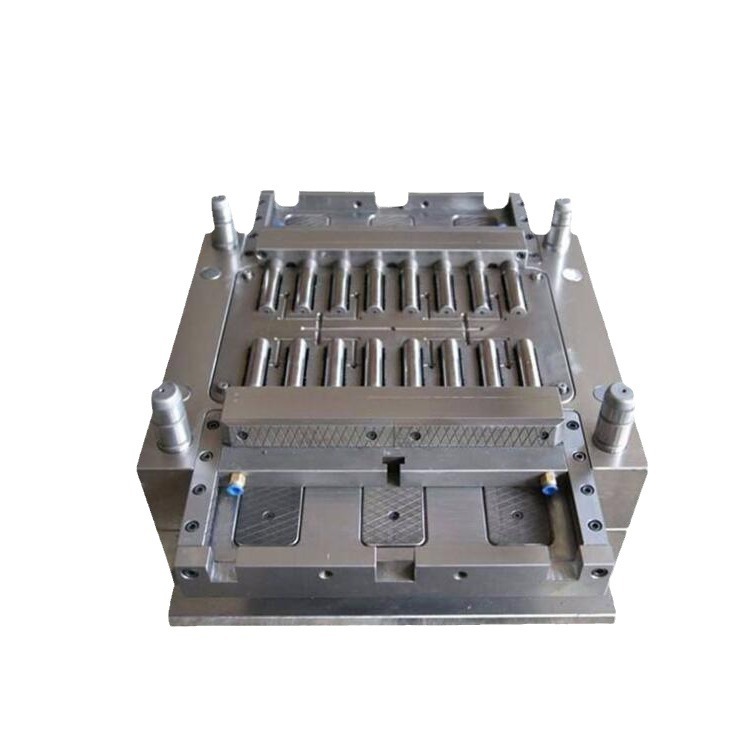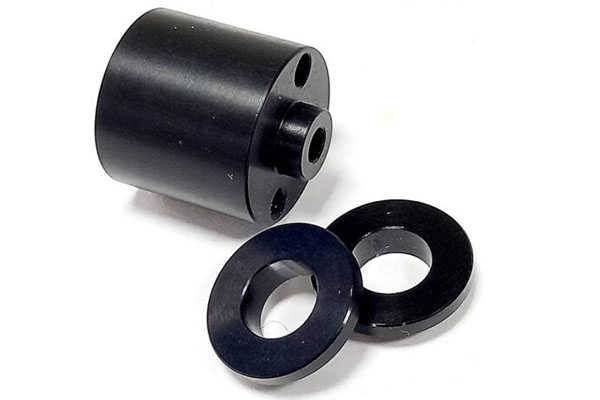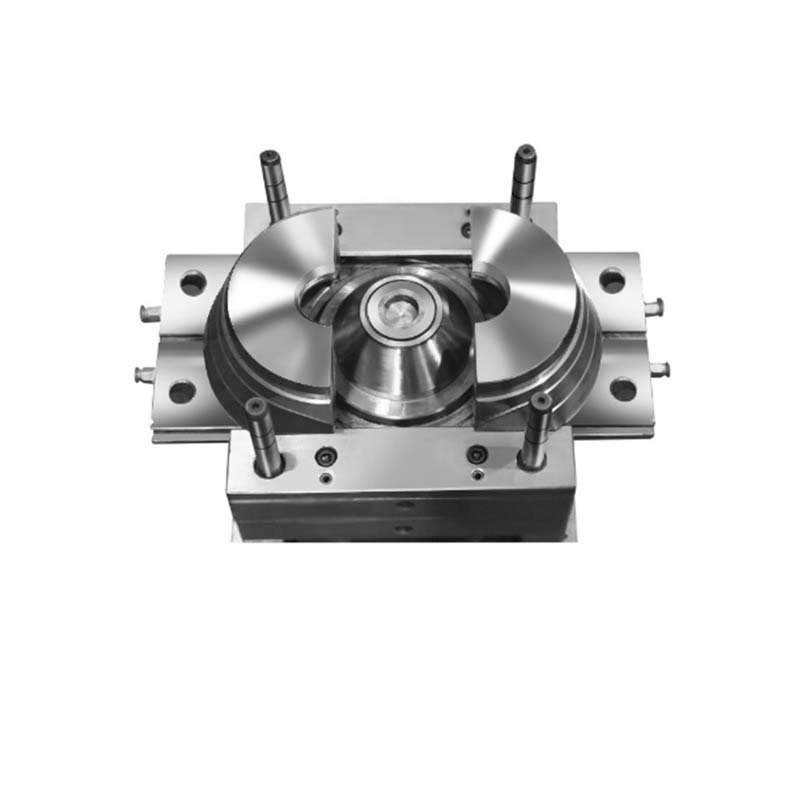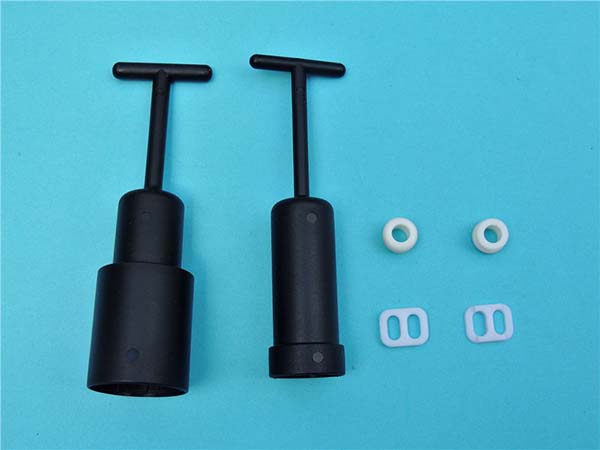Understanding the Basics of Rubber Mold Making
What is Rubber Mold Making?
Rubber mold making is the process of creating a mold using rubber materials, which is then used to produce replicas of a particular object. This technique is widely used in various industries, from manufacturing to arts and crafts. The mold serves as a negative impression of the original object. Once the rubber mold is created, a casting material such as resin, plaster, or wax can be poured into it. After the casting material sets, it can be removed from the mold, resulting in a positive copy of the original item.
In industrial production, rubber mold making plays a crucial role. For example, in the automotive industry, rubber molds are used to create parts like gaskets, seals, and hoses. These parts need to be highly precise and durable, and rubber molds allow for the mass production of such components with consistent quality. In the consumer goods industry, rubber molds are used to make items such as toys, kitchen utensils, and bathroom accessories. The ability to create detailed and complex molds makes rubber mold making an essential process for bringing these products to market.
In creative projects, rubber mold making offers artists and hobbyists the freedom to replicate unique designs. Whether it's a handmade jewelry piece, a decorative sculpture, or a custom - made prop for a theater production, rubber molds enable the creation of multiple copies without sacrificing the integrity of the original design.
Types of Rubber for Mold Making
There are several types of rubber commonly used in mold making, each with its own unique properties and ideal applications:
- Silicone Rubber:
- Properties: Silicone rubber is known for its excellent flexibility, high temperature resistance (it can withstand temperatures ranging from - 50°C to 250°C), and outstanding chemical resistance. It also has good tear strength and can replicate fine details accurately.
- Applications: Due to its high - temperature resistance, it is often used in molds for casting materials that require high - temperature curing, such as some types of resins. In the food and medical industries, silicone rubber is preferred because it is non - toxic and inert, making it suitable for creating molds for food - contact items like chocolate molds or medical prosthetics. For example, in the production of intricate chocolate designs, silicone molds can accurately reproduce the details, and the high - temperature resistance ensures that the mold can withstand the heat during the chocolate - making process.
- Natural Rubber:
- Properties: Natural rubber has good elasticity and tensile strength. It is relatively inexpensive compared to some synthetic rubbers. However, it has limited resistance to chemicals and heat, and it can degrade over time when exposed to certain environmental factors.
- Applications: It is commonly used in applications where cost - effectiveness is a major factor and the requirements for chemical and heat resistance are not extremely high. For instance, in some low - cost consumer products like rubber balls or basic rubber seals in non - critical applications, natural rubber can be a suitable choice.
- Nitrile Rubber:
- Properties: Nitrile rubber (NBR) offers excellent resistance to oils, fuels, and chemicals. It has good abrasion resistance and can maintain its properties over a wide range of temperatures, typically from - 25°C to 110°C. However, it is less flexible than silicone rubber in some cases.
- Applications: In the automotive and industrial sectors, nitrile rubber molds are widely used for creating parts that come into contact with oils and fuels, such as oil seals, fuel hoses, and gaskets. Its chemical resistance makes it ideal for these applications where exposure to such substances is common.
- Butyl Rubber:
- Properties: Butyl rubber has excellent air and moisture impermeability, along with good chemical resistance. It also has good damping properties, which means it can absorb vibrations well.
- Applications: It is often used in applications where airtight or moisture - proof seals are required, such as in the production of inner tubes for tires, pharmaceutical bottle stoppers, and some types of electrical insulation products. Molds made from butyl rubber are used to create these components with the necessary impermeability characteristics.
The following table summarizes the key differences:
| Type of Rubber | Flexibility | Temperature Resistance | Chemical Resistance | Main Applications |
| Silicone Rubber | High | - 50°C to 250°C | Excellent | Food, medical, high - temperature casting |
| Natural Rubber | Good | Limited heat resistance | Limited | Low - cost consumer products |
| Nitrile Rubber | Moderate | - 25°C to 110°C | Excellent against oils and fuels | Automotive and industrial parts in contact with oils |
| Butyl Rubber | Moderate | Varies | Good | Airtight and moisture - proof seals |
Key Steps in Mastering Rubber Mold Making
Step 1: Design Your Mold
The design phase is the foundation of successful rubber mold making. It's crucial to have a clear understanding of the product you want to create. Consider the shape of the product - is it simple and geometric, like a cube or a cylinder, or complex with intricate details and undercuts? For example, if you're making a mold for a small figurine, the design will need to account for every curve and feature of the figurine.
The method of demolding also plays a significant role in the design. If the product has undercuts (areas that would prevent it from being removed from a simple two - part mold), you may need to design a more complex mold with movable parts or use a flexible rubber that can stretch enough to allow the product to be removed without damage. Additionally, think about the size of the mold. Larger molds may require additional support structures to prevent warping during the curing process.
When designing, it can be helpful to create a 3D model of the mold using CAD (Computer - Aided Design) software. This allows you to visualize the mold from different angles, test different design concepts, and make adjustments before actually starting the mold - making process. You can also use the 3D model to calculate the amount of rubber needed, which helps in cost - planning.
Step 2: Prepare the Mold Box and Materials
The mold box serves as a container for the rubber during the molding process. It should be sturdy enough to hold the liquid rubber without leaking or deforming. A common choice for a mold box is a plastic or metal container. For small - scale projects, plastic storage containers or disposable plastic cups can work well. If you're making a larger mold, a custom - made metal frame or a thick - walled plastic box may be more suitable.
In addition to the mold box, you'll need to gather the necessary materials. This includes the rubber itself, a curing agent (if required, depending on the type of rubber), and any additional materials for reinforcement or to create specific effects. For example, if you want to add strength to the mold, you can use fiberglass mesh or metal inserts. If you're creating a mold with a unique texture, you might use textured fabrics or sandpaper to imprint the texture onto the rubber.
Before using the mold box, make sure it's clean and dry. Any dirt, dust, or moisture can affect the quality of the mold. You may also want to apply a release agent to the inside of the mold box to make it easier to remove the cured rubber mold later.
Step 3: Mixing the Rubber
Proper mixing of the rubber is essential for achieving consistent results. The mixing ratio of the rubber base and the curing agent (if applicable) is critical. For example, in the case of two - part silicone rubber, the typical mixing ratio is 1:1 or 10:1 by volume, depending on the specific product. Always follow the manufacturer's instructions regarding the mixing ratio.
To mix the rubber, use a clean, disposable container and a mixing tool, such as a stir stick or a mixing paddle. Start by pouring the rubber base into the container, then add the curing agent. Mix the two components thoroughly, making sure to scrape the sides and bottom of the container to ensure an even distribution. The mixing process should be smooth and consistent to avoid introducing air bubbles.
The different mixing ratios can have a significant impact on the properties of the cured mold. If you add too little curing agent, the rubber may not cure properly, remaining soft and tacky. On the other hand, if you add too much curing agent, the rubber may become brittle and prone to cracking.
Step 4: Pouring the Rubber into the Mold
Once the rubber is mixed, it's time to pour it into the mold. Pour the rubber slowly and steadily into the mold box, starting from one corner and gradually filling the entire cavity. This helps to minimize the formation of air bubbles. If you notice air bubbles rising to the surface, you can use a small tool, such as a toothpick or a fine - tipped brush, to gently burst them.
Another way to prevent air bubbles is to use a vacuum chamber. After pouring the rubber into the mold, place the mold in a vacuum chamber and evacuate the air. The reduced pressure will cause any trapped air bubbles to expand and rise to the surface, where they can be removed. This method is particularly useful for molds that require a high level of detail and a smooth surface finish.
If the mold has a complex shape or multiple cavities, you may need to use a funnel or a syringe to ensure that the rubber reaches all parts of the mold evenly. Take your time during the pouring process to ensure that the rubber fills the mold completely and accurately.
Step 5: Curing and Demolding
The curing process is when the rubber transforms from a liquid state to a solid, elastic mold. The curing time and conditions depend on the type of rubber used. For example, some silicone rubbers can cure at room temperature in a few hours, while others may require heat and pressure to cure properly.
If the rubber requires heat curing, use a curing oven or a heat - press machine. Follow the recommended temperature and time settings provided by the rubber manufacturer. Over - curing or under - curing can both lead to problems with the mold's performance. Over - cured rubber may be too hard and lose its flexibility, while under - cured rubber may not hold its shape or may be too soft to use.
Once the rubber is fully cured, it's time to demold. Demolding should be done carefully to avoid damaging the mold or the product inside (if there is a master object in the mold). Start by gently prying the edges of the mold away from the mold box or any surrounding structures. If the mold has a complex shape or if the product has undercuts, you may need to use a release agent or a demolding tool to help separate the mold from the product.
For some molds, especially those made from soft rubber, you can gently stretch the mold to remove the product. However, be careful not to stretch the mold too much, as this can cause it to deform or tear. After demolding, inspect the mold for any signs of damage or imperfections. If there are any small defects, you may be able to repair them using a small amount of additional rubber and a curing agent.
Yigu Technology's Perspective
As a non - standard plastic and metal products custom supplier, Yigu Technology highly values rubber mold making in our production processes. We understand that rubber molds are the key to bringing our clients' unique product ideas to life. In our custom projects, we often encounter complex product designs that require the flexibility and precision offered by rubber molds.
We have been constantly innovating in rubber mold making techniques. For example, we use advanced 3D printing technology to create custom - designed mold boxes that can better fit the complex shapes of our products. This not only improves the accuracy of the mold but also shortens the production cycle. In terms of rubber material selection, we have an in - depth understanding of different types of rubbers and their properties. We always choose the most suitable rubber for each project based on factors such as the product's application environment, required durability, and cost - effectiveness.
Quality is at the core of our business. We have strict quality control measures in every step of the rubber mold - making process, from design to demolding. This ensures that the final products we deliver to our clients meet the highest quality standards. We believe that by mastering the art of rubber mold making, we can continue to provide our clients with high - quality, customized products that exceed their expectations.
FAQ about Rubber Mold Making
What is the best type of rubber for making flexible molds?
Silicone rubber is often the best choice for making flexible molds. It offers excellent flexibility, which allows it to stretch and bend without breaking, making it easy to demold even complex - shaped objects. It can accurately replicate fine details, and has high temperature resistance, ranging from - 50°C to 250°C. This high - temperature tolerance is beneficial when using casting materials that require heat curing. Additionally, silicone rubber has good chemical resistance and is non - toxic, making it suitable for a wide range of applications, especially those in the food and medical industries.
How can I prevent air bubbles from forming in my rubber molds?
There are several effective ways to prevent air bubbles. First, when mixing the rubber, stir it slowly and smoothly to minimize the introduction of air. Scraping the sides and bottom of the mixing container ensures even distribution of the components without creating excess bubbles. Second, pour the rubber slowly and steadily into the mold, starting from one corner. This allows the rubber to flow evenly and reduces the chance of trapping air. If air bubbles do form, you can use a small tool like a toothpick or a fine - tipped brush to gently burst them. Another method is to use a vacuum chamber. After pouring the rubber into the mold, place it in the vacuum chamber and evacuate the air. The reduced pressure causes the trapped air bubbles to expand and rise to the surface, where they can be removed.
Can I reuse the rubber mold after it has been used once?
In most cases, rubber molds can be reused. However, there are some things to note. First, carefully inspect the mold for any signs of damage, such as tears, cracks, or excessive wear, after each use. Minor damages can sometimes be repaired using additional rubber and a curing agent. Second, clean the mold thoroughly between uses. Any residue from the casting material can affect the quality of the next casting and the lifespan of the mold. Use a mild solvent or soap and water, depending on the type of rubber and the casting material used. Third, consider the type of rubber. Some rubbers, like silicone, generally have a longer lifespan and can be reused many times, while others may degrade more quickly with repeated use.


